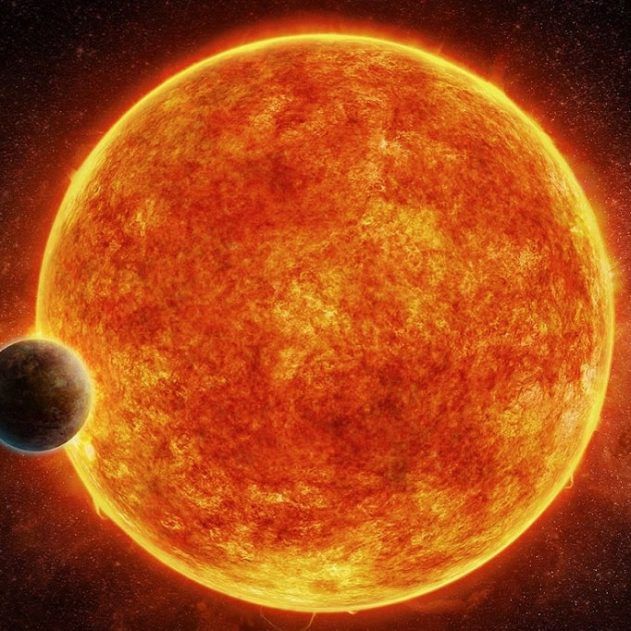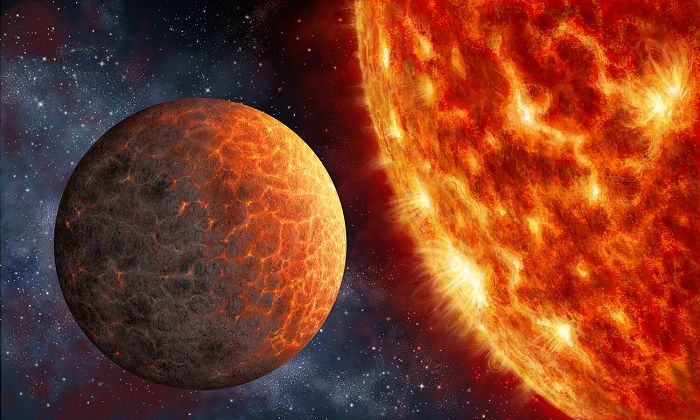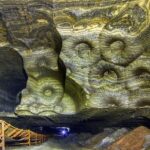In the vast expanse of the universe, scientists have discovered several planets that possess characteristics that could make them a second Earth. However, recent research suggests that these findings bring bad news.

The study, recently published in the Astrophysical Journal Letters, examines a planet named GJ 1252b.

GJ 1252b is an exoplanet (a planet outside the Solar System) slightly larger than Earth, orbiting a red dwarf star and located 66.5 light-years away from us.

According to Science Alert, this planet is suitable for studying the potential for life within the Milky Way galaxy and provides insights into the distribution of planets throughout the universe.

The size of GJ 1252b is approximately 1.2 times that of Earth, with twice the mass. It orbits the red dwarf star named GJ 1252, which has a size and mass about 40% that of the Sun.

The orbital period of GJ 1252b around its “Sun” is 12.4 hours. The distance of 66.5 light-years is considered close enough to observe the planet from Earth using the transit method, which involves monitoring its transit around the red dwarf star GJ 1252.

If this “red Earth” has an atmosphere, it would be illuminated by the light of GJ 1252 (transit), a phenomenon that astronomers can observe through telescopes.

However, the recent research results have brought bad news. Scientists are confident that GJ 1252b does not have an atmosphere, which is one of the essential conditions for protecting life from harmful effects in the universe and enabling survival and evolution.

Dr. Michelle Hill from the University of California, Riverside (UC Riverside) and co-author of the study, explained that the main reason is the cool type of star, which emits stronger radiation compared to the Sun.

This is another unfortunate discovery since red dwarf stars are the most common type of star in the Milky Way galaxy, potentially accounting for 75% of all stars.

Computer models based on data collected by observatories worldwide indicate that the red dwarf star GJ 1252 is powerful enough to “strip away” its planet, essentially blowing away the entire atmosphere, quite literally.

However, this discovery is not entirely bad news for planetary scientists. With the number of exoplanets found surpassing 5,000, NASA cannot individually examine each one even with the most powerful telescopes.

This discovery will significantly narrow down the search range and provide a more precise definition of a potential “Earth 2.0.”









